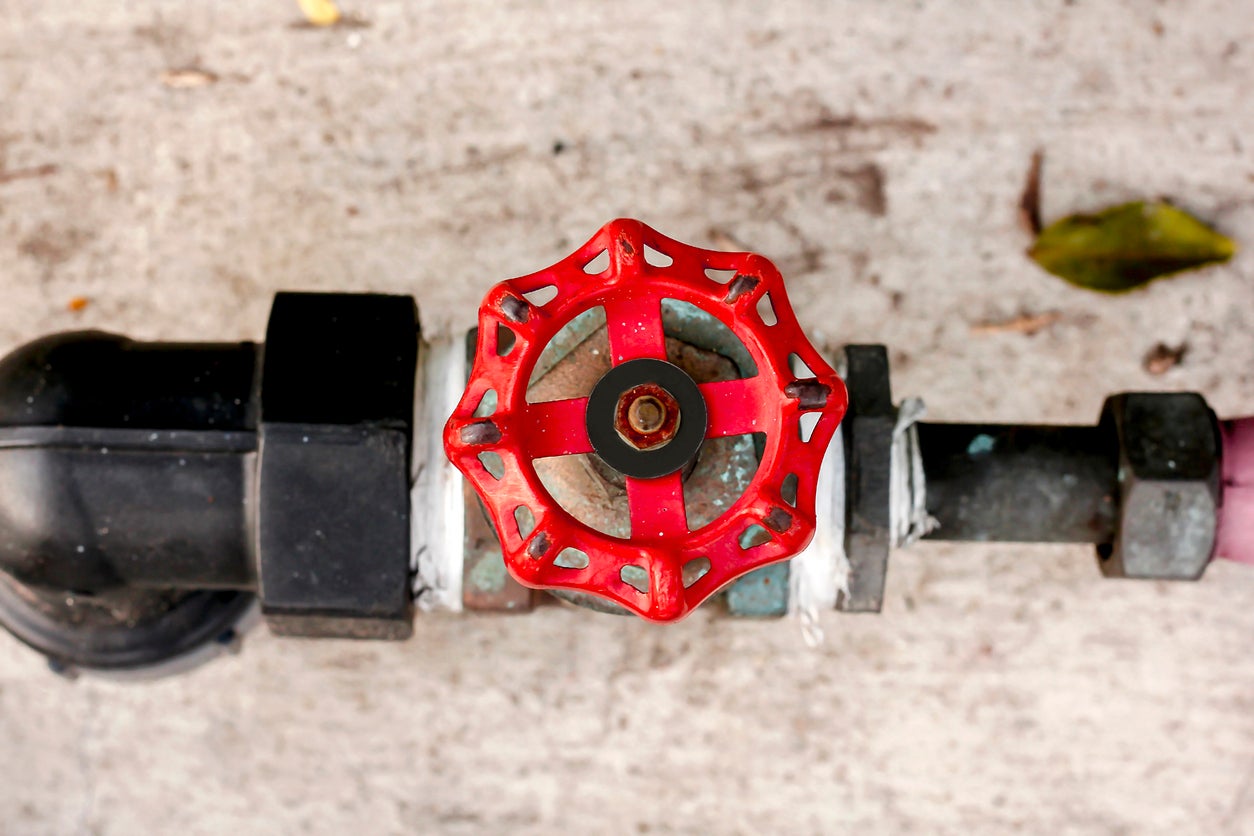Rapid Methods for Reduced Water Pressure in Your Home
Rapid Methods for Reduced Water Pressure in Your Home
Blog Article
In this article further down you can locate a good deal of worthwhile content related to 9 Reasons for Low Water Pressure in Your House.

Low water stress in your home can be a frustrating issue, influencing everything from showering to cleaning meals. If you're experiencing weak water flow, there are several possible causes and solutions to check out. In this overview, we'll review typical factors for low tide stress and sensible actions to resolve the concern efficiently.
Intro to Low Water Stress
Low tide pressure happens when the circulation of water from your taps, showers, and various other fixtures is weak than usual. This can make day-to-day jobs a lot more tough and much less effective. Comprehending the reasons for low water stress is vital to finding the right remedy.
Usual Causes of Low Tide Pressure
Faulty Pressure Regulators
Stress regulatory authorities are in charge of maintaining constant water pressure in your home. If they malfunction, it can cause low water pressure or unequal circulation throughout your home.
Local Supply Of Water Issues
In some cases, the trouble exists outside your home. Community water supply issues, such as main line leaks or maintenance job, can momentarily reduce water pressure in your location.
Pipe Obstructions
Over time, pipelines can end up being obstructed with mineral deposits, sediment, or particles, limiting the circulation of water. This is a common concern in older homes with galvanized steel pipelines.
Corrosion
Corrosion within pipelines can cause leaks and decreased water stress. Rust accumulation can restrict water circulation, specifically in maturing plumbing systems.
Just How to Identify Low Water Pressure
Checking Pipes
Check noticeable pipes for signs of leaks, corrosion, or obstructions. Focus on any uncommon noises, such as banging or rattling pipelines, which could suggest concerns within the plumbing system.
Consulting with a Plumber
If you're incapable to pinpoint the source of low tide stress, think about employing an expert plumber to perform a complete inspection. They can recognize underlying concerns and suggest ideal services.
Inspecting Faucets and Fixtures
Start by checking the water pressure at various taps and fixtures throughout your home. If the issue is separated to details areas, it may show local troubles.
Do It Yourself Solutions to Deal With Low Tide Stress
Flushing Water Heater
Debris buildup in the water heater can restrict flow and minimize effectiveness. Flushing the container periodically aids remove sediment and keep optimum efficiency.
Inspecting Pressure Regulatory Authority
Make certain that the stress regulator is operating appropriately. Changing or replacing the regulator can aid restore proper water pressure throughout your home.
Cleaning Aerators and Showerheads
Mineral deposits can build up in aerators and showerheads, minimizing water flow. Eliminate and clean these elements routinely to enhance water pressure.
Cleaning Clogs in Water Lines
For small blockages, attempt making use of a plumbing snake or chemical drainpipe cleaner to clear obstructions in pipelines. Beware when using chemicals and comply with safety standards.
When to Call a Specialist Plumber
If DIY initiatives fall short to resolve the problem or if you believe significant plumbing issues, it's finest to seek help from a licensed plumber. They have the competence and tools to deal with intricate problems safely and efficiently.
Preventive Measures to Maintain Water Pressure
Setting Up a Stress Booster
Think about setting up a pressure booster pump to improve water stress in areas with continually reduced circulation. This can be specifically advantageous for multi-story homes or residential properties with high-demand components.
Monitoring Water Usage
Be mindful of water usage habits and stay clear of ill-using the plumbing system. Simple adjustments, such as shocking showers and laundry lots, can aid keep sufficient water pressure.
Routine Maintenance
Arrange routine upkeep for your plumbing system to avoid problems such as deterioration, leaks, and obstructions. Dealing with small issues early can aid stay clear of even more considerable repairs in the future.
Conclusion
Taking care of low tide stress can be discouraging, however determining the underlying reasons and executing proper solutions can bring back ideal flow throughout your home. Whether it's cleaning up aerators, evaluating pipes, or consulting with a plumber, taking proactive steps can make certain a constant supply of water for your everyday requirements.
FOUR WAYS TO FIX LOW WATER PRESSURE NOW
Turning on a shower or faucet only to find the water comes out in a sad, slow drizzle is never a good feeling. How exactly are you supposed to wash a pan or take a quick shower when it takes 10 minutes just to rinse off a little soap? The good news is that when your water pressure is bad, there's always a cause: typically one that can be easily fixed. Here are some of the most common causes of low pressure and what you can do to fix the issue:
DEBRIS AND MINERAL DEPOSIT BUILDUPS
If you notice low water pressure from just one or two of the fixtures in your house, the problem likely has to do with debris buildup. Water is full of minerals and other debris, all of which can accumulate in your pipes and on your fixtures. This can cause a blockage that affects how much water flows through. To fix this, try filling a small plastic bag with white vinegar, and use a rubber band to hang it around your showerhead or faucet. Let the head of the fixture soak for a few hours, and the vinegar should loosen the deposits.
WATER LEAKS
Leaks are another common cause of low water pressure. If water is flowing out of your plumbing through a hole or crack before it can reach your fixture, the pressure coming out of the faucet or showerhead will be lower. A plumbing professional is your best bet for finding and repairing a leak in your water supply pipes.
Leaks are another common cause of low water pressure. If water is flowing out of your plumbing through a hole or crack before it can reach your fixture, the pressure coming out of the faucet or showerhead will be lower. A plumbing professional is your best bet for finding and repairing a leak in your water supply pipes.
A VALVE ISSUE
If you have low water pressure throughout your home, check your main shut-off valve to make sure it's completely open. You may also want to see if there's a pressure-reducing valve installed. If there is, have a plumber help you adjust the settings to get the pressure you're looking for.
OTHERS USING WATER
Believe it or not, your low water pressure could be caused by your neighbors. If you notice low pressure at certain times of day, it may be because you and the people living next to you have similar schedules - when everyone is showering at the same time, the pressure will be lower in every home. Low pressure throughout the neighborhood may also be caused by an issue with your municipal water supply. If that's the case, call the supplier to see if they're working on the issue.
https://www.rotorooter.com/blog/water-leaking/low-water-pressure-fixes/

I hope you enjoyed our section about 4 Ways to Troubleshoot Low Water Pressure. Thanks a ton for taking the time to read through our blog post. Feel free to pause to distribute this article if you enjoyed it. Thanks a bunch for your time. Revisit us soon.
Click Here Report this page